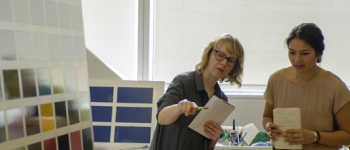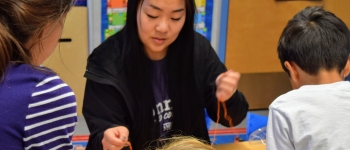Expand Your Network with SF State ULink
- Increase your social capital by networking with 440+ diverse SF State community partners, take advantage of professional development opportunities to conduct community-based research, and promote your course(s) or project(s)!
- SF State ULink is also a valuable tool for an academic internship or service-learning instructors and/or department coordinators for tracking student placements and completed hours.
- Faculty/Staff can access their SF State ULink account through their SF State Global Log-in.
Questions? / Need more Information?: icce-communityplacement@sfsu.edu




